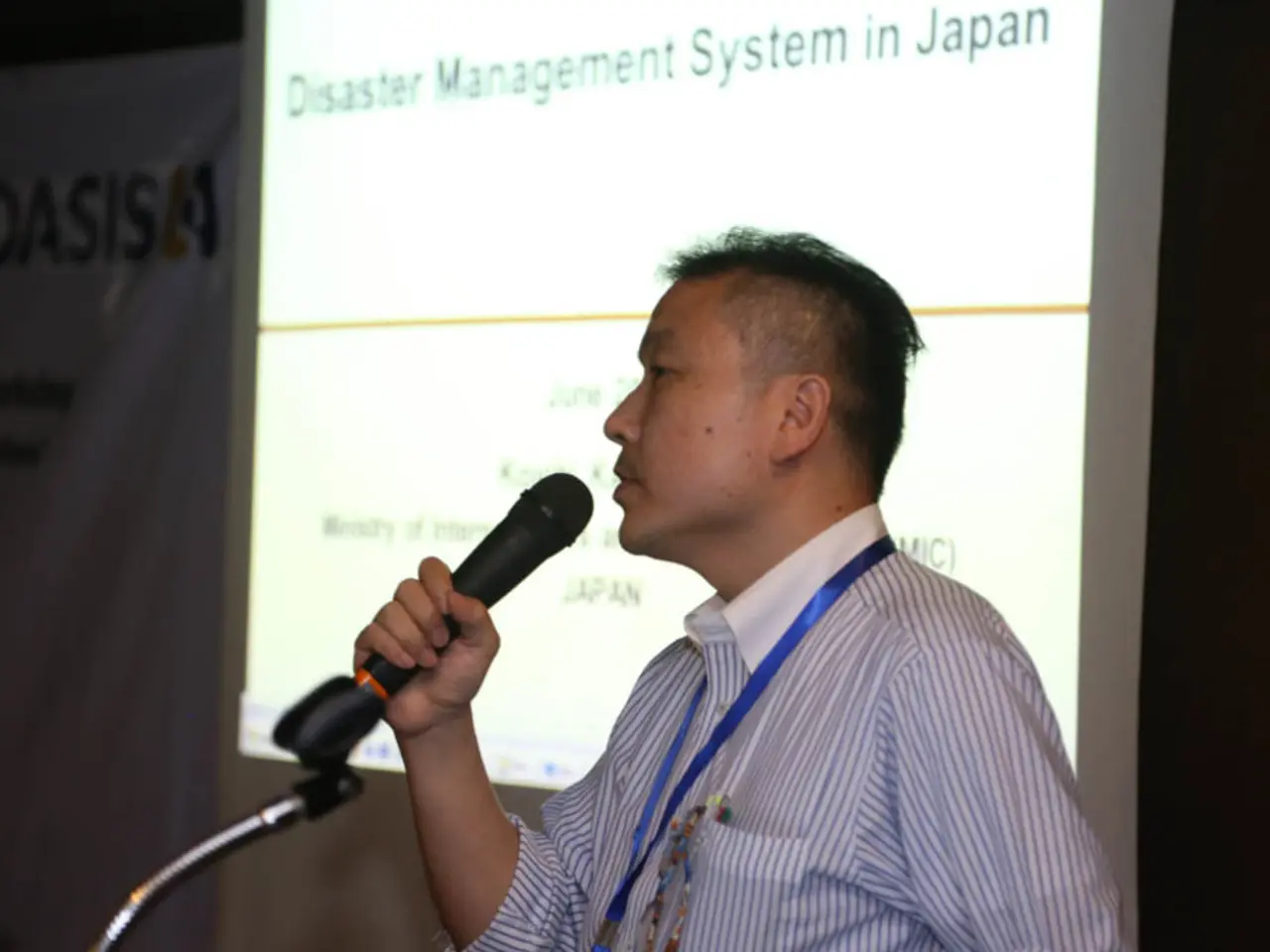Atom bomb scholar Garrett M. Graff shares insights about his recently published work in an interview as a Pulitzer Prize finalist
In August 1945, the world witnessed a turning point in history as the atomic bomb was dropped on Hiroshima and Nagasaki. But the roots of this development can be traced back to Europe, where scientists who fled fascism in the 1930s urged the United States to develop the bomb out of fear that Adolf Hitler would get it first.
These European émigré scientists played a crucial role in the Manhattan Project, the U.S. effort to build the atomic bomb during World War II. Physicists such as Leo Szilard, Enrico Fermi, Hans Bethe, Edward Teller, and others were among the refugees. Szilard and Wigner, recognizing the danger posed by Nazi Germany’s nuclear ambitions, persuaded Albert Einstein to write a letter to President Franklin D. Roosevelt in 1939, warning about the possibility of Germany developing an atomic bomb. This led directly to the establishment of the Advisory Committee on Uranium, the precursor to the Manhattan Project, which officially began in 1942.
Szilard and Fermi built the world’s first nuclear reactor, demonstrating controlled nuclear chain reactions essential for producing plutonium and uranium-235. Hans Bethe led the theoretical division that solved critical scientific problems on bomb design. Edward Teller was involved in early development efforts, later focusing on the hydrogen bomb. Other refugees brought specialized knowledge in nuclear physics, mathematics, and engineering that was vital to overcoming the unprecedented technical challenges.
The presence of these émigré scientists was motivated by the dark political realities of fascism in Europe, as many were Jewish or politically opposed to Nazi regimes, which had driven them into exile. Their arrival in the U.S. not only provided crucial scientific manpower but also gave the Manhattan Project an existential urgency—to prevent fascist powers from obtaining nuclear weapons first.
The atomic bomb dropped on Hiroshima on August 6, 1945, had a power equivalent to 20,000 tons of TNT. The hard-right factions of the Japanese government were not close to surrendering even after the second bomb. The combined death toll from both bombs is estimated to be over 200,000 people.
The development of the atomic bomb was not without controversy. The Calutron Girls, high school girls from Tennessee, were hired to operate uranium refining machines called calutrons during the Manhattan Project. They worked the whole war without knowing the thing their machines were making. The American bomber crews who delivered the bomb celebrated while Hiroshima burned behind them.
Today, we are living in a moment where we are closer to nuclear danger than we have been for most of the 80 years since World War II. There is a possibility that the nuclear club might be larger than ever by the 2030s, with new weapons proliferating to new countries. The memories of the Hibakusha, the bomb-affected people in Hiroshima and Nagasaki, are searing and emotional.
The Manhattan Project involved the construction of secret cities in Oak Ridge, Tennessee, and Hanford, Washington, where uranium and plutonium for the bombs were developed. The Oak Ridge bus system was one of the 10 largest public transit systems in the United States in August 1945, despite the city not appearing on any maps. The Manhattan Project employed a total of 100,000 people in each of the secret cities.
As we reflect on the past and look towards the future, it is essential to remember the impact of the atomic bomb and the role that European scientists played in its development. Their contributions not only shaped the course of World War II but also had a lasting impact on the geopolitical landscape of the world.
The European émigré scientists, driven by the political realities of fascism, made significant contributions to the Manhattan Project, a U.S. effort during World War II aiming to build atomic bombs. Their expertise in nuclear physics, mathematics, and engineering was pivotal in overcoming the unprecedented technical challenges, with physicists like Leo Szilard, Enrico Fermi, Hans Bethe, and Edward Teller playing key roles.
Their arrival in the U.S. not only bolstered the Manhattan Project’s scientific manpower but also infused it with an existential urgency, as they sought to prevent fascist powers from obtaining nuclear weapons first. This history serves as a reminder of the potential consequences of politics and government intertwining with science and technology, with implications that reverberate in today's world.




